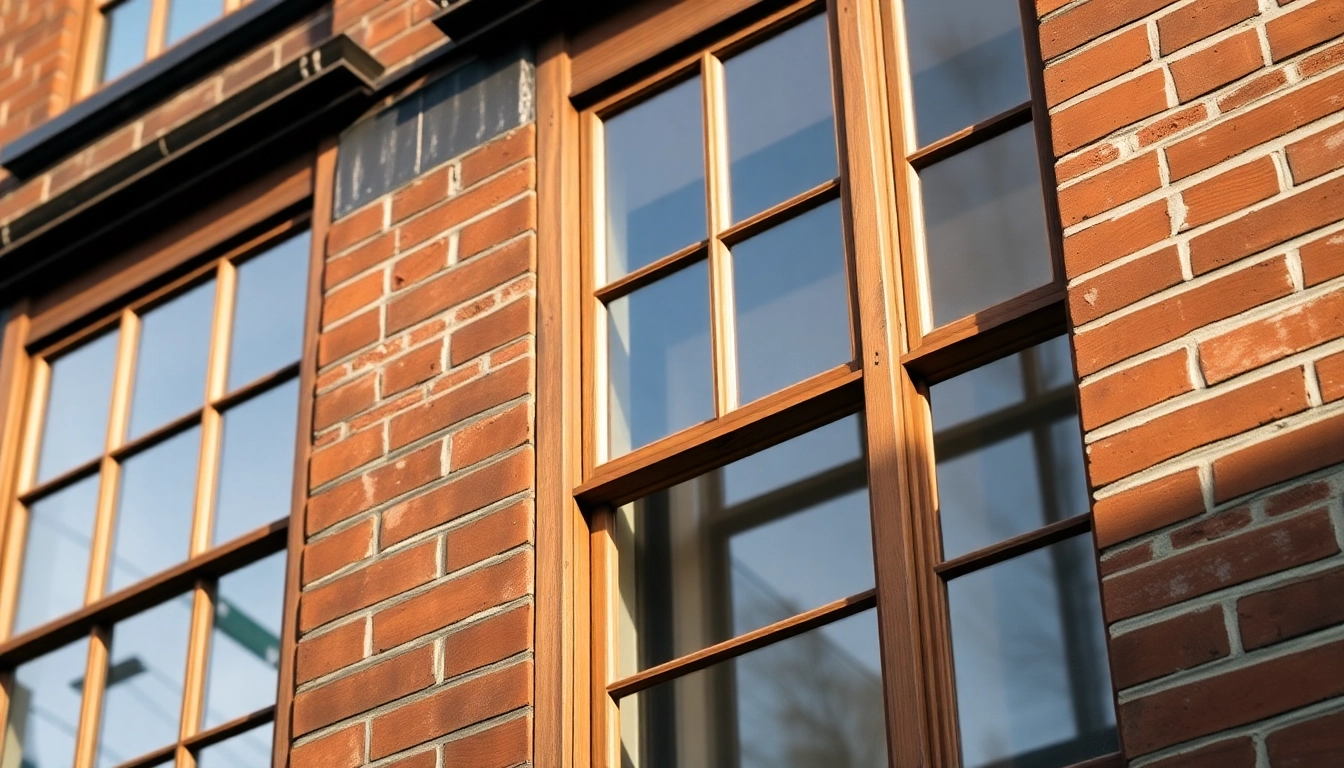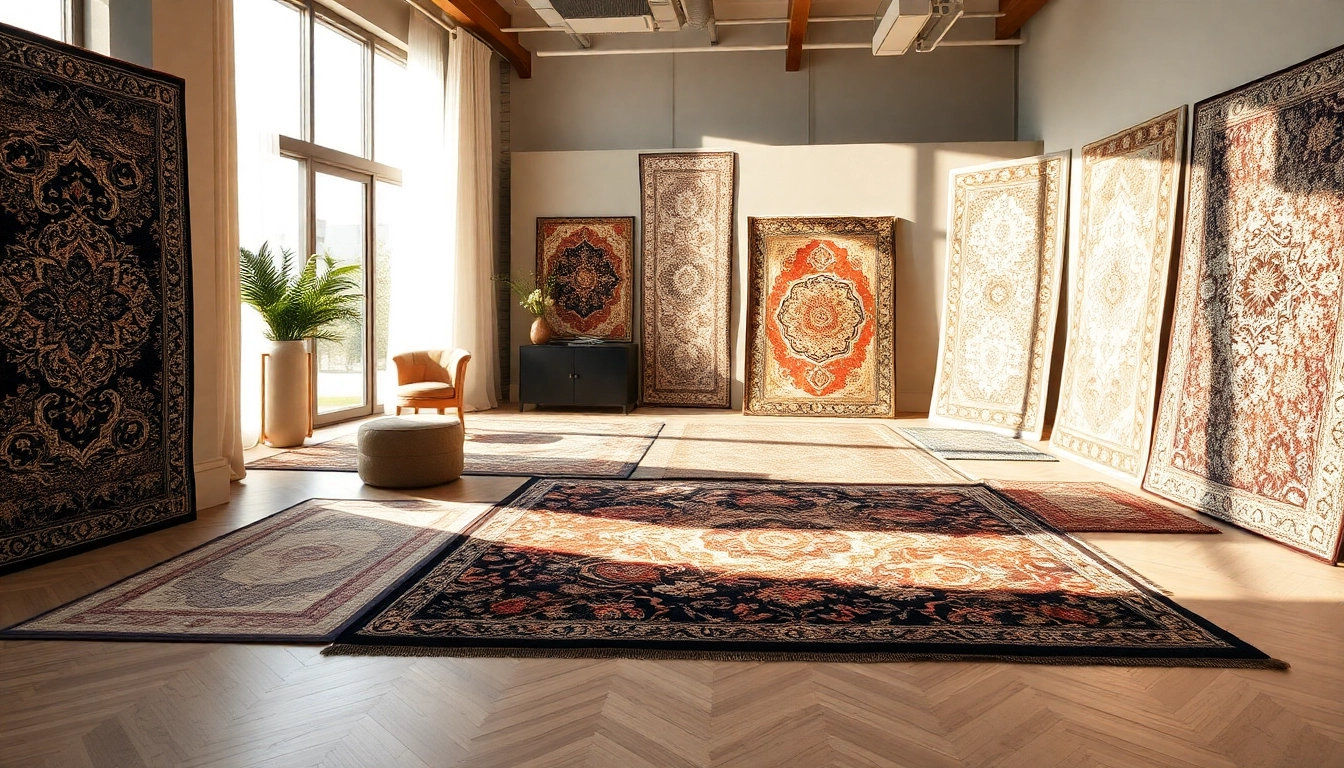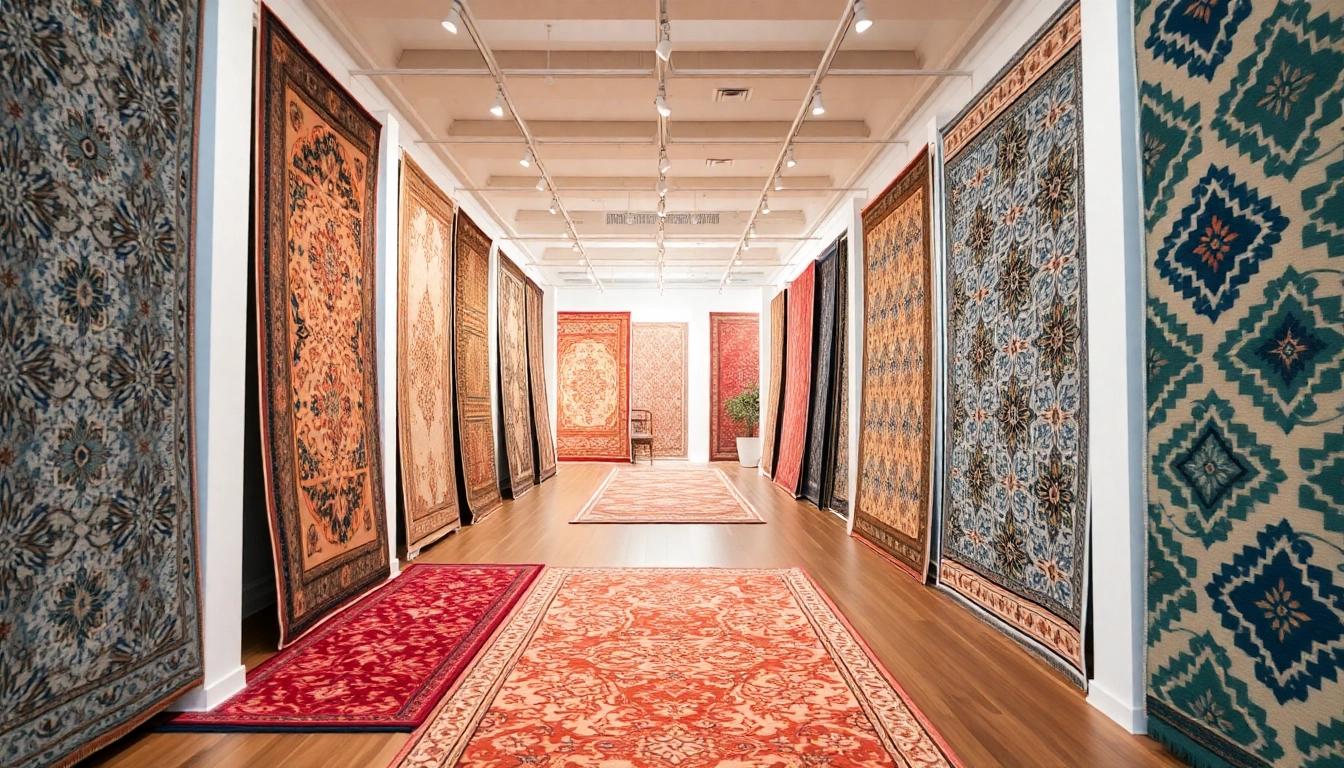
Understanding the Importance of Listed Building Sash Windows
History and Architectural Significance of Sash Windows
Sash windows are iconic features of historic British architecture, renowned for their slender, elegant form and functional design. Originating in the Georgian era of the early 18th century, these windows became a hallmark of the period’s architectural aesthetic, emphasizing symmetry, proportion, and craftsmanship. Their defining characteristic is the sliding motion of glazed sashes within a frame, typically composed of multiple horizontal panes. Over centuries, sash windows have come to symbolize cultural heritage and architectural identity, particularly for structures designated as listed buildings.
The evolution of sash windows reflects broader urban and aesthetic trends. Victorian-era sash windows, for instance, often featured larger panes and intricate decorative details, capturing the ornate style of the period. Today, they continue to be intertwined with the identity of historic neighborhoods, contributing to the distinctive charm and character of buildings from the 17th to 19th centuries. Preserving these windows is about more than maintenance; it involves safeguarding a vital part of national and local heritage.
Moreover, sash windows’ historical significance is recognized in heritage protection statutes, guiding their conservation and restoration. Maintaining their original design and materials ensures that future generations can appreciate the artisan craftsmanship and architectural narrative embedded within these structures.
Legal Regulations and Listed Building Permissions
In the UK, listed buildings are those recognized for their historical and architectural importance. They are protected under legislation such as the Planning (Listed Buildings and Conservation Areas) Act 1990, which makes any alterations—including window replacements—subject to rigorous regulations. The conservation of listed building sash windows is a sensitive process, and the law emphasizes the importance of retaining character while allowing necessary repairs or updates.
When dealing with sash windows on a listed building, planning consent or Listed Building Consent is usually required before any work begins. This applies to a range of activities, including replacing, repairing, or modifying windows. It is essential to consult local planning authorities early in the process and submit detailed proposals that demonstrate how the work respects the historic fabric and appearance.
Failure to obtain proper permissions can lead to legal action, fines, or even the requirement to reverse unauthorized work. Regulations differ depending on the grade of the listing—Grade I, Grade II*, or Grade II—each with specific thresholds for permitted alterations. For example, Grade II listings, which cover approximately 92% of listed buildings, typically allow repairs and minor adjustments but restrict major replacements that alter the building’s character.
The regulatory framework aligns with heritage preservation principles, emphasizing repair over replacement and insisting that any replacements match the original design and materials as closely as possible. It also encourages cooperation with heritage consultants and conservation officers to ensure compliance without compromising the building’s integrity.
Key Challenges in Preserving Sash Windows
Preserving sash windows in listed structures presents multiple challenges, often balancing historic integrity with modern demands such as energy efficiency and security. Some of the primary hurdles include degradation of timber, challenges in sourcing authentic materials, regulatory restrictions, and the technical complexities of restoration.
Material Deterioration and Environmental Damage
Timber frames are susceptible to rot, decay, and insect damage over time, especially when exposed to moisture and fluctuations in temperature. Lead weights, a common component in traditional sash windows, can corrode or become dislodged, affecting window operation. Additionally, paint may peel, and glass can become cracked or cloudy, diminishing both aesthetics and functionality.
Authentic Material Sourcing and Craftsmanship
Finding period-appropriate materials and skilled craftsmen with expertise in historically accurate restoration methods can pose logistical and financial challenges. Modern materials may not meet heritage standards, and inappropriate repairs risk damaging the historic fabric, potentially leading to non-compliance with conservation guidelines.
Regulatory and Planning Constraints
Navigating the complexities of permissions can delay projects and impose restrictions on modifications. For instance, double-glazing traditionally conflicts with conservation policies, yet providing energy-efficient solutions is often a priority for homeowners. Working within these constraints requires careful planning and specialist advice.
Technical Challenges of Restoration
Restoring or repairing sash windows demands technical knowledge, including understanding traditional joinery methods, weatherproofing techniques, and glazing options that are sympathetic to heritage features. Poorly executed work can lead to future deterioration and non-compliance.
Addressing these challenges involves a collaborative approach with heritage professionals, investing in quality craftsmanship, and selecting appropriate materials—all aimed at ensuring longevity, compliance, and aesthetic authenticity.
Choosing the Right Materials and Styles for Listed Building Sash Windows
Traditional Timber vs. Modern Alternatives
The debate between traditional timber and modern materials is central to sash window restoration. Timber remains the preferred choice for heritage-conservation due to its authenticity, durability when properly maintained, and its natural thermal and acoustic properties. Timber windows can be crafted with precise profiles matching original designs, ensuring seamless integration with historic facades.
However, timber demands regular maintenance, including repainting and treatment against pests and rot. Despite this, advances in sustainable timber sourcing and treatment technologies have made timber a practical, eco-friendly choice that aligns with conservation principles.
Modern alternatives, such as uPVC or aluminum, offer benefits like lower maintenance and enhanced energy efficiency. Yet, their use in listed buildings is often restricted or requires special approval because they can compromise the historic appearance. For example, uPVC windows can look out of place if not designed with period features, and their non-porous nature can lead to condensation issues.
Design Considerations that Meet Heritage Standards
When selecting design features for listed building sash windows, strict adherence to heritage standards is essential. Key considerations include sash layout, proportion, glazing bar thickness, and overall profile. Traditional six-over-six or four-over-four sash configurations are typical and often required to preserve authentic aesthetics.
The choice of hardware, such as sash lifts, handles, and feathered or putty glazing, should mimic historic fittings to maintain period accuracy. Additionally, the color palette should conform to original or historically appropriate shades, which can often be identified through heritage records or color analysis.
Planning authorities often specify that any alterations do not negatively impact the street scene or the building’s overall character, emphasizing subtlety and authenticity.
Customisation Options for Authentic Appearance
Customisation allows homeowners to tailor sash windows to meet both aesthetic and functional goals while respecting heritage constraints. Options include bespoke profiles, decorative horns, specific glazing patterns, and period-appropriate hardware finishes. Using traditional joinery techniques and finishing methods enhances authenticity.
Modern innovations, such as draught-proofing systems and low-emissivity glazing, can be discreetly incorporated without detracting from visual integrity. For example, slimline double-glazing units can be fitted within traditional frames, improving thermal performance while maintaining the original look.
Engaging skilled craftsmen for bespoke solutions ensures the windows blend seamlessly with the historic context, delivering a harmonious balance between preservation and modern comfort.
Installation and Restoration Best Practices
Repair vs. Replacement: What’s Suitable for Listed Buildings
A fundamental principle in heritage conservation is to prioritize repair and refurbishment over outright replacement. Repairing existing sash windows—such as reglazing, redecoration, rebuilding damaged parts, and draught-proofing—is often sufficient and more consistent with legal standards.
Replacement is considered a last resort and must be justified by irreparable damage or structural issues that cannot be remedied through repairs. Even then, the new windows must replicate the original design precisely, using approved materials and techniques.
For example, reglazing with traditional putty and secondary glazing can significantly improve energy efficiency without compromising authenticity. Likewise, timber repair techniques like splicing or seasoning help extend the lifespan of historic frames.
Secondary Glazing and Draught-Proofing Techniques
Secondary glazing offers a way to enhance thermal performance and reduce noise infiltration while preserving original sash windows. It involves installing a discreet, internally mounted window frame that can be removable or fixed, which does not alter the external appearance.
Draught-proofing is equally vital, involving specific seals around sashes, brushes, or gasket systems that prevent air leaks. Proper draught-proofing can reduce heating costs by up to 20%, making historic windows more energy-efficient without invasive modifications.
These techniques comply with heritage regulations by minimizing visual impact and can be executed effectively by specialists trained in conservation practices.
Ensuring Compliance with Planning Regulations
To curtail any compliance issues, it is crucial to work with heritage professionals from the outset. Submitting comprehensive plans, including detailed sketches, material specifications, and photographs, helps facilitate the approval process.
Engaging with local conservation officers early ensures that proposed works align with statutory guidelines. When in doubt, opting for repair and refurbishment methods that focus on minimal intervention increases the likelihood of obtaining permissions and maintains the building’s historic value.
Maintaining and Enhancing Your Listed Building Sash Windows
Regular Cleaning and Preservation Tips
Proper maintenance forms the backbone of long-term preservation. Regular cleaning with gentle solutions and soft brushes removes dirt, grime, and pollutants that can degrade wood and glass surfaces. Avoid harsh chemicals that might damage paint or timber.
Periodic repainting using breathable, heritage-approved paints prevents moisture ingress and maintains the aesthetic. Treating timber with preservatives and inspecting for signs of rot or pest infestation allows timely intervention before extensive damage occurs.
Energy Efficiency Improvements without Area Violations
Enhancing energy efficiency in listed buildings is achievable through innovative solutions that respect conservation standards. Double-glazed units designed with slim profiles can be fitted within existing timber frames, providing improved insulation without altering external appearances.
Additionally, internal secondary glazing, as described earlier, offers significant thermal gains and noise reduction with minimal impact on the building’s historic fabric. Proper sealing and insulative treatments can also reduce draughts and heat loss.
Long-term Care and Professional Restoration Services
Maintaining the integrity of sash windows requires ongoing professional care. Engaging specialists with experience in conservation ensures that restoration work adheres to heritage guidelines while achieving durability. Routine inspections, prompt repairs, and specialist refurbishments extend the lifespan of original features.
Choosing reputable, accredited restoration companies offers peace of mind and ensures work is performed to the highest standards, preserving both the historic and functional aspects of your windows.
Cost, Funding, and Choosing the Right Provider
Budgeting for Renovation and Restoration Projects
Costs associated with listed building sash windows vary depending on the scope of work, materials used, and the level of craftsmanship required. Basic repairs, such as draught-proofing and reglazing, are comparatively affordable, often ranging from a few hundred pounds per window. More comprehensive restoration or bespoke fabrication can double or triple this cost.
Planning and budgeting ahead, including contingency funds for unforeseen issues such as timber decay or structural reinforcement, ensures project stability.
Available Grants and Planning Support
Several grants and funding programs support heritage conservation efforts, notably through local authorities, heritage organizations, and governmental schemes. These grants can cover a portion of restoration costs, especially when project objectives align with preservation policies.
Applicants should thoroughly research available funding opportunities and prepare detailed proposals demonstrating the project’s heritage significance and compliance.
How to Select Experienced Specialists for Your Listed Building
Choosing the right restoration provider is critical for successful outcomes. Look for companies with proven heritage experience, accreditations such as Certificates of Competence, and a portfolio of successful listed building projects. Licensing and membership in professional bodies like the Institute of Historic Building Conservation (IHBC) add credibility.
Request references, review case studies, and ensure the provider understands the relevant regulations and conservation principles. A collaborative approach and transparent communication are essential for aligning expectations and achieving authentic results.







